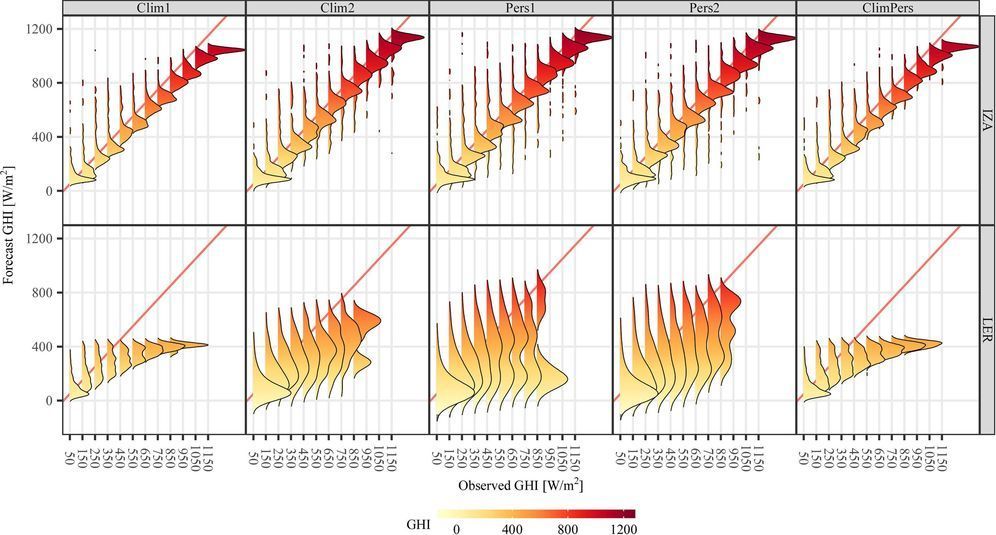Being able to accurately forecast how much solar energy reaches the surface of the Earth is key to guiding decisions for running solar power plants.
While day-ahead forecasts have become more accurate in recent years, the solar community lacks a unified verification procedure, and assessing how one forecast compares to another is difficult. New work in the Journal of Renewable and Sustainable Energy looks to provide a standard of reference to the field.
Researcher Dazhi Yang proposed an improved way to assess day-ahead solar forecasting. The proposed method combines two popular reference methods for weather forecasting, namely persistence and climatology. Using a weighted linear combination of both methods, his approach provides a new way to gauge the skill of a forecaster.










Comments are closed.